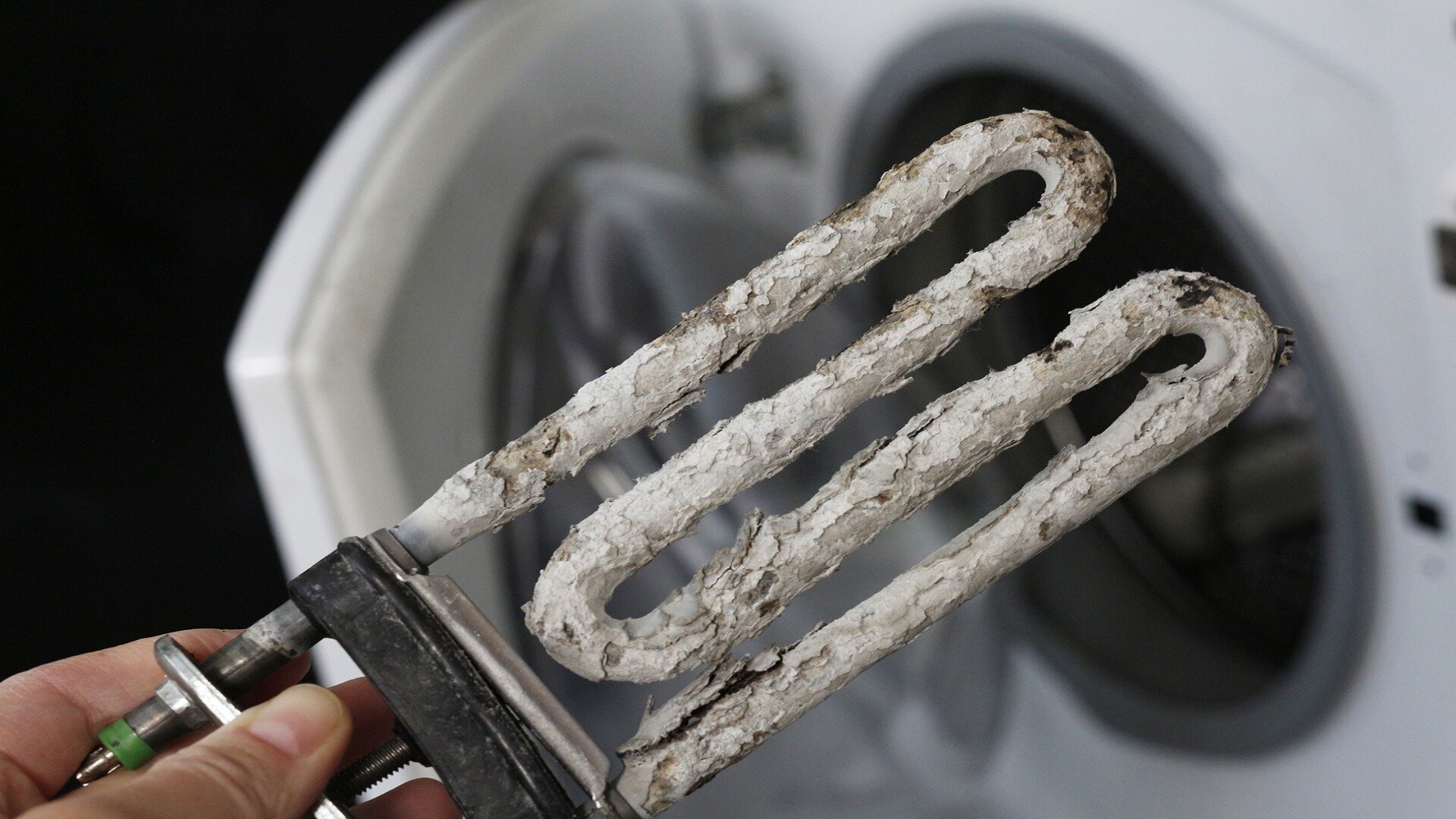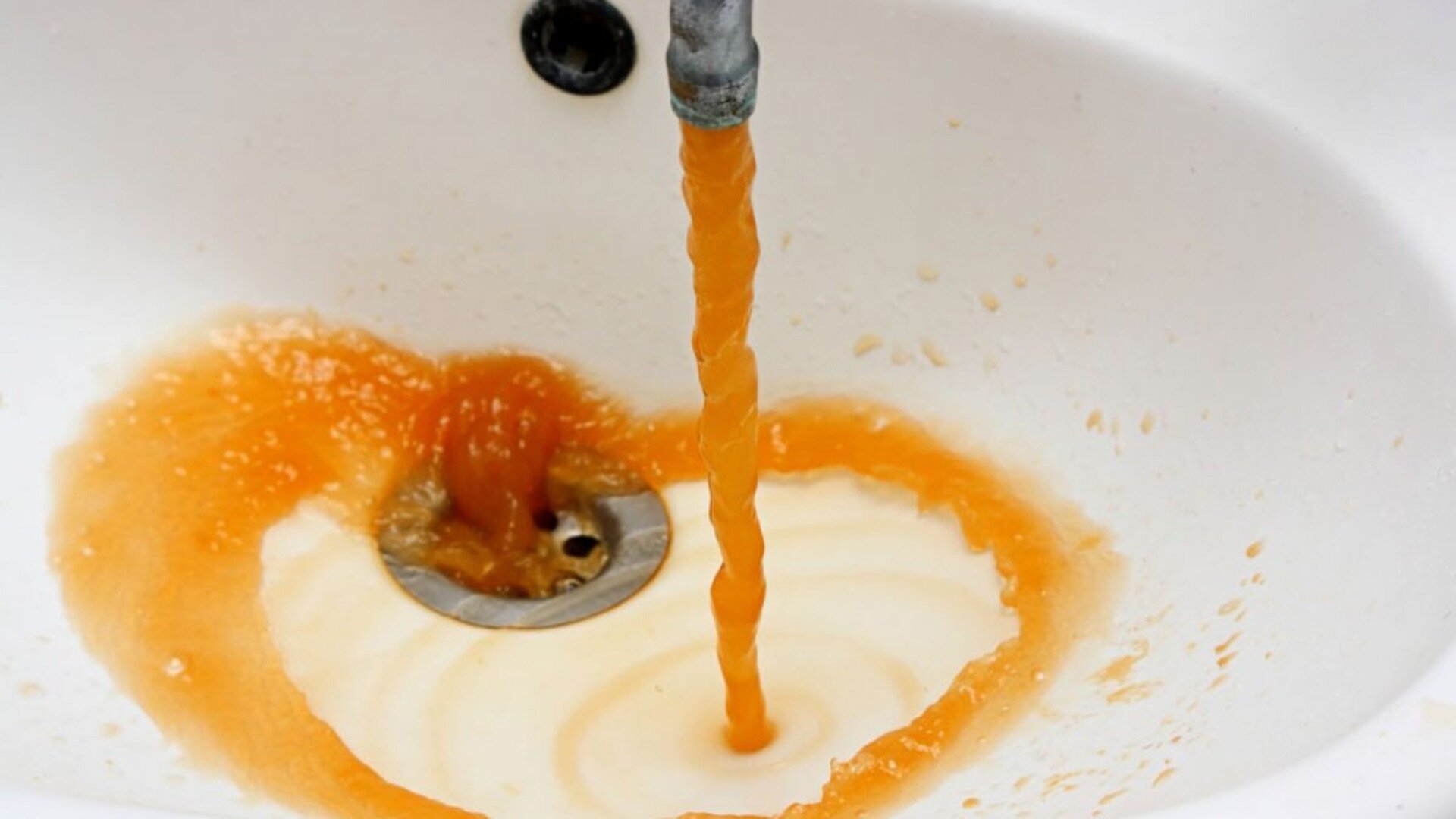When it comes to home maintenance, some tasks quietly slip under the radar until a problem arises, and managing your water heater is often one of them. The stealthy culprit behind many water heater issues is sediment build-up—a common but preventable problem.
This silent adversary can diminish your heater’s efficiency, shorten lifespan, and increase energy bills. Understanding and preventing sediment accumulation is not just about sustaining hot water flow; it’s about ensuring the heart of your home’s heating system beats strong year after year.
In this post, we will explore the ins and outs of sediment build-up in your water heater and arm you with the knowledge and tactics to keep it performing at its peak.
Whether you’re a seasoned homeowner or a first-time property owner, the information here will illuminate the path to a healthier, happier hot water heater. So, let’s turn up the heat on sediment and keep those warm showers and efficient energy bills flowing.
Understanding Sediment Build-Up

Sediment build-up in hot water heaters is a gradual but inevitable process as naturally occurring minerals in your water supply, such as calcium and magnesium, begin to settle at the bottom of your tank. This typically happens when water is heated, and these minerals crystallise and become insoluble, separating from the water and forming a layer of sediment.
This sediment layer can act like a barrier, absorbing the heat meant for your water, which forces your heater to work harder to reach the desired temperature. Not only does this reduce the efficiency of your water heater, but it can also contribute to corrosion, diminish the capacity of the tank, and lead to the unpleasant surprise of cold showers.
In addition, the excessive strain on the heater from the insulating sediment can cause premature wear on the system, potentially leading to leaks or total system failure. By understanding the mechanics behind sediment build-up, homeowners can better appreciate the importance of regular maintenance to ensure their hot water heaters’ longevity and proper functioning.
One important maintenance task is to flush the water heater regularly, which can help remove the accumulated sediment. This involves connecting a garden hose to the drain valve at the bottom of the tank and allowing a steady stream of water to flush out the sediment. By performing this maintenance task, you can help extend the lifespan of your hot water heater and maintain its efficiency.
Identifying the Causes of Sediment Build-Up
Sediment build-up in hot water heaters is a common issue that can reduce efficiency and lifespan. The number one cause of sediment accumulation is hard water, which contains high levels of minerals like calcium and magnesium that can precipitate out and form layers at the bottom of the tank.
Other sediment sources include rust from the tank or pipes, sand and dirt coming through the water lines, and chemical deposits from soaps and detergents. To prevent sediment build-up, consider installing a water softener if you have hard water, inspecting and replacing old pipes as needed, and flushing the water heater annually.
Performing these basic maintenance steps can help minimise sediment and extend the life of your hot water heater. Annual flushing allows you to drain and flush out any debris at the bottom of the tank.
Checking pipes and connections for leaks prevents rust and sediment particles from entering the tank. A water softener prevents hard mineral deposits from accumulating by filtering out calcium, magnesium and other minerals.
Routine Maintenance to Curtail Sediment
Proactive and systematic maintenance is crucial to enhance the efficiency and extend the service life of your water heater. Sediment build-up can significantly impair your unit’s performance, leading to higher energy costs and eventual breakdowns. Here’s a more detailed approach to managing sediment in your water heater:

Annual Flushing Procedure:
Perform an annual water heater flush to expel sediment accumulating at the tank’s bottom. This can insulate the water from the burner or heating element, reducing efficiency and increasing heating time. To flush properly:
- Turn off the power supply to an electric heater or set a gas heater to "pilot."
- Close the cold water inlet valve and attach a garden hose to the tank’s drain valve.
- Direct the hose to a suitable drain or external area.
- Open the drain valve, allowing the tank to empty. This will discharge water along with the sediment.
- After draining, open and close the cold water inlet valve several times to help stir up any remaining sediment and flush it out until the water runs clear.
Inspect Pipes and Connections:
Regularly inspect all accessible pipes and connections for leaks and signs of corrosion:
- Check for moisture, drips, or rust around fittings and pipe connections.
- Examine the pressure relief valve for signs of leakage or corrosion.
- Identify any rust particles or debris in leaked water that can indicate internal corrosion.
Pipe and Fitting Replacement:
If you detect corroded pipes or fittings, it’s essential to replace them promptly to prevent sediment from entering the system and to maintain water quality.
Water Softener Installation:
Hard water, rich in minerals like calcium and magnesium, can lead to scale accumulation inside your water heater. Consider installing a water softener to remove these minerals from your water before they enter the heater, thereby reducing scale build-up and improving heater efficiency and longevity.
Phosphate-Free Cleaning Agents:
Avoid using cleaning agents containing phosphates in your water supply. These can degrade into substances, contributing to sediment build-up. Opt for phosphate-free soaps and detergents to mitigate this risk.
Final Steps:
After flushing and maintenance:
- Reopen the cold water inlet valve to refill the tank.
- Once complete, restore power or relight the pilot on a gas heater.
- Check for proper operation and absence of leaks.
By conducting thorough annual flushes, staying vigilant about leaks, replacing worn components, and considering the installation of a water softener, you can significantly reduce sediment accumulation in your water heater. This proactive routine maintains the heater’s efficiency and minimises the likelihood of costly repairs or premature replacement.
Stay Hot, Run Clean
Preventing sediment build-up in your hot water heater is an essential aspect of home maintenance that can extend the lifespan of your appliance, ensure its efficiency, and provide you with a consistent supply of clean hot water.
Remember, regularly flushing your hot water heater, checking the anode rod, and setting the correct temperature are all proactive steps to minimise the impact of sediment accumulation. However, maintenance of hot water heaters can be a complex task, and it’s often best to rely on professionals to ensure the job is done safely and effectively.
This is where Service First comes into play. Our team of experienced technicians is dedicated to providing top-notch service and ensuring your home appliances operate smoothly.
Whether you need routine maintenance, troubleshooting, or more comprehensive repairs, Service First is committed to delivering quality and peace of mind. Don’t let sediment build-up cause you unnecessary headaches.
Contact us today to schedule an appointment and take the first step towards safeguarding your water heater against sediment build-up. With Service First, you can rest assured that your hot water heater is in capable hands.


